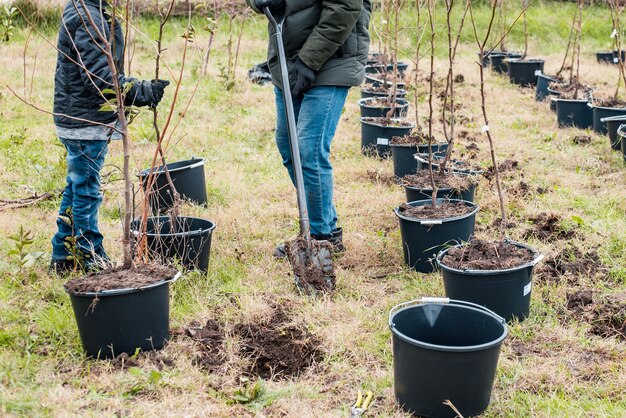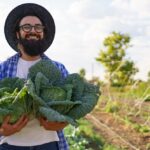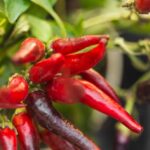Afforestation, the process of establishing forests in areas that have not been previously forested, presents an array of benefits for South African farmers. As climate change intensifies and land degradation becomes a pressing concern, integrating tree planting into farming practices can enhance biodiversity, improve soil health, and offer economic advantages. Here’s how South African farmers can effectively implement afforestation on their farms.
1. Understanding the Benefits of Afforestation
Soil Health Improvement
Trees play a crucial role in maintaining soil health. Their root systems prevent soil erosion, enhance soil structure, and increase organic matter. By planting trees, farmers can improve soil fertility, leading to better crop yields.
Biodiversity Enhancement
Afforestation can increase biodiversity on farms. Trees provide habitats for various wildlife species, including birds, insects, and mammals, which can contribute to pest control and pollination.
Climate Change Mitigation
Trees absorb carbon dioxide, helping to reduce greenhouse gas emissions. By sequestering carbon, afforestation contributes to climate change mitigation, making farms more resilient to extreme weather conditions.
Water Conservation
Trees play a vital role in the water cycle. They improve water retention in the soil, reduce runoff, and enhance groundwater recharge. This is particularly important in arid regions of South Africa, where water scarcity is a significant challenge.
2. Selecting the Right Tree Species
When considering afforestation, it’s essential to choose tree species that are suitable for the local environment and the specific goals of the farm. Factors to consider include:
- Climate and Soil Type: Select species that thrive in the local climate and soil conditions. Native species are often the best choice as they are adapted to the local ecosystem.
- Growth Rate: Consider the growth rate of the species. Fast-growing species can provide quicker returns but may require more maintenance.
- Purpose: Determine the primary purpose of planting trees, whether for timber production, shade, windbreaks, or enhancing biodiversity.
Some recommended tree species for South African farmers include:
- Acacia: Known for their nitrogen-fixing abilities, they improve soil fertility.
- Eucalyptus: Fast-growing and ideal for timber and fuelwood.
- Indigenous species: Such as Yellowwood (Podocarpus), Wild Olive (Olea europaea), and Marula (Sclerocarya birrea), which enhance local biodiversity.
3. Planning the Afforestation Project
A well-thought-out plan is essential for the success of afforestation. Here are key steps to consider:
- Site Assessment: Evaluate the land to determine the most suitable areas for planting trees. Consider factors like sunlight, water availability, and existing vegetation.
- Design and Layout: Plan the layout of the trees, ensuring adequate spacing to allow for growth and maintenance. Consider using rows or clusters to maximize land use.
- Soil Preparation: Prepare the soil before planting by clearing debris, improving soil quality with organic matter, and ensuring proper drainage.
- Watering and Maintenance: Young trees require regular watering and care. Implement a maintenance plan to protect trees from pests and diseases and ensure healthy growth.
4. Funding and Support
Several government initiatives and NGOs support afforestation projects in South Africa. Farmers can access funding, technical assistance, and resources for their afforestation efforts. Some options include:
- Department of Agriculture, Forestry and Fisheries (DAFF): Offers programs and funding for sustainable land management and afforestation projects.
- Local NGOs: Organizations such as the South African Forestry Company Limited (SAFCOL) provide support and resources for afforestation initiatives.
- Corporate Partnerships: Collaborating with corporations interested in sustainability can provide funding and technical expertise.
5. Community Engagement
Involving the local community can enhance the success of afforestation projects. Engage community members in the planning and planting process, and educate them about the benefits of trees. This fosters a sense of ownership and encourages sustainable practices beyond the farm.
Afforestation presents an invaluable opportunity for South African farmers to enhance their farming systems while contributing to environmental sustainability. By planting trees, farmers can improve soil health, increase biodiversity, and mitigate climate change effects. With careful planning, appropriate species selection, and community engagement, afforestation can lead to healthier, more resilient farms that benefit both the farmer and the environment.









